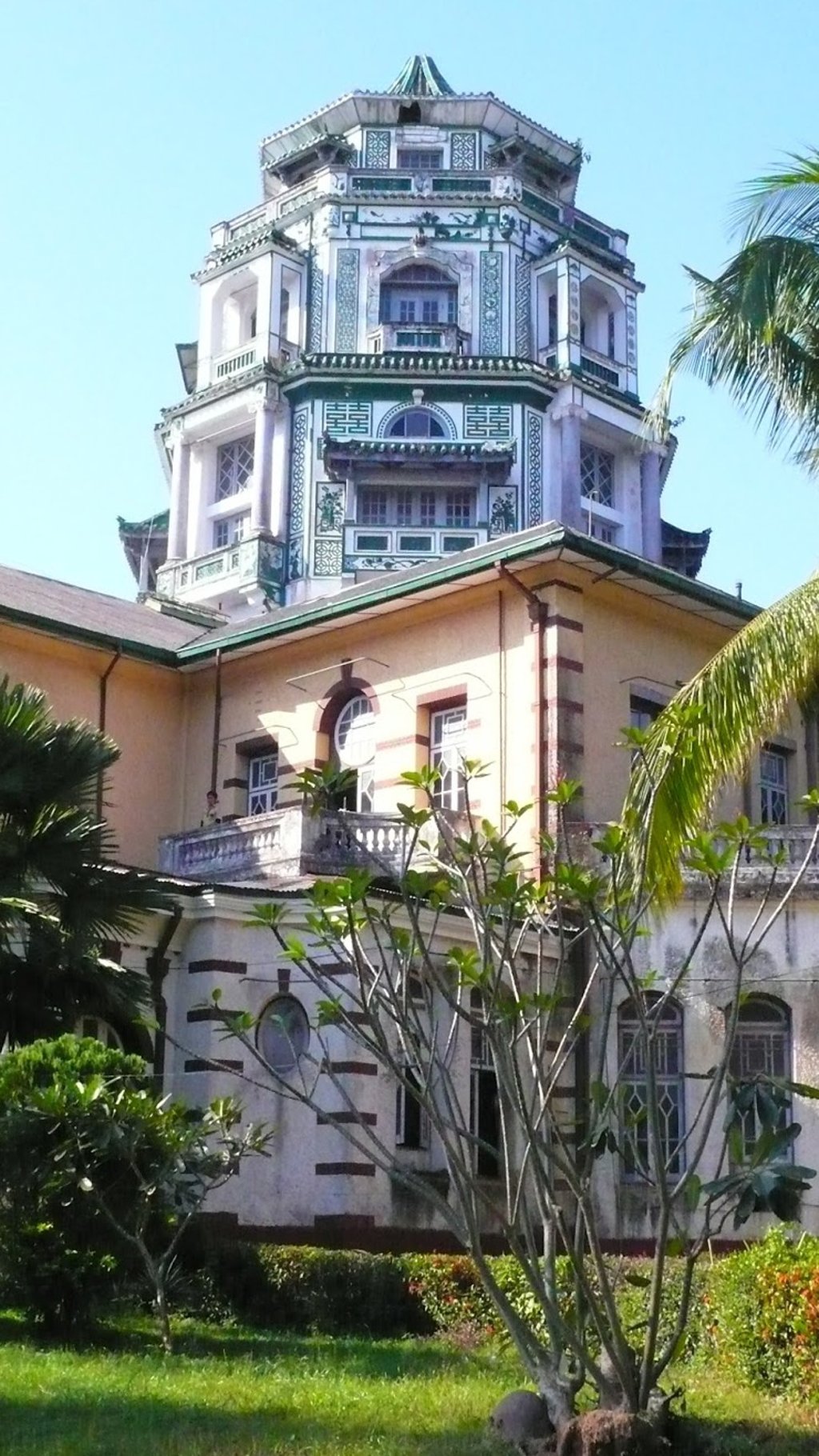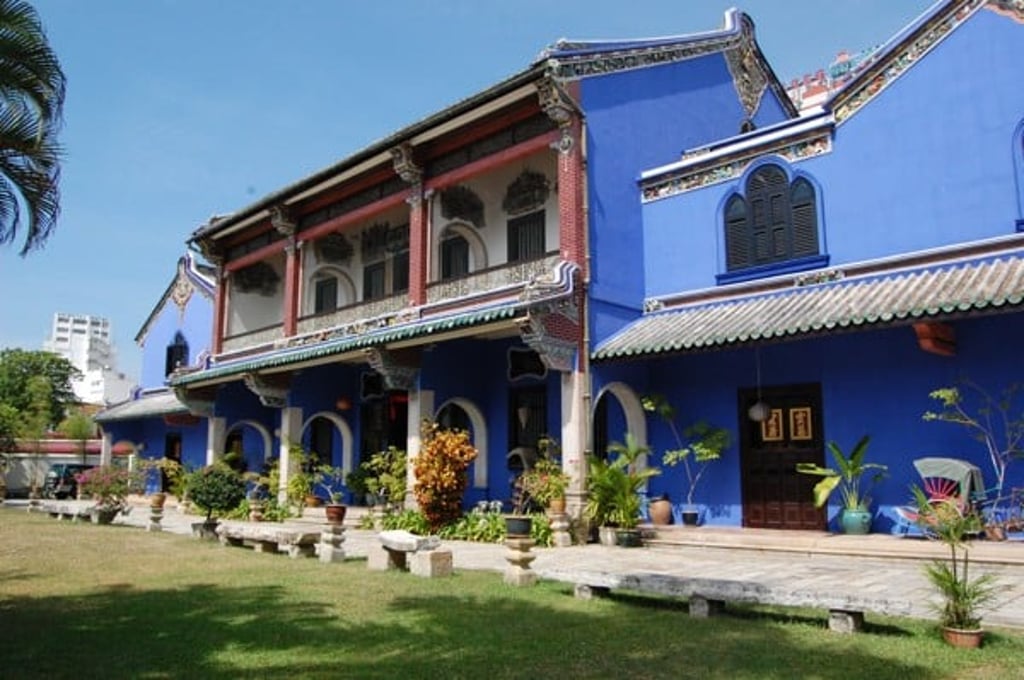Burmese days: Yangon monuments to the rare Chinese who made their fortunes in colonial era
- Lim Chin Tsong left behind a lavishly designed palace that is now to be restored
- Temples another legacy of time of Tiger Balm founder Aw Boon Haw and others

Lim Chin Tsong was one of the few Chinese migrants to succeed in colonial-era Burma, now Myanmar – which the British incorporated into its much bigger possession, India, and where Chinese were subordinate to Indians, in contrast to their status in other Southeast Asian cities.
“Unlike the Chinese in Thailand, Malaysia, Indonesia and the Philippines, the population in Burma has had restricted access to trade and remained small in number since the colonial era,” writes Jayde Lin Roberts, the author of Mapping Chinese Rangoon, published in 2016. “They never became the wealthy intermediaries for the British as they did in the Straits Settlements.”
Lim was one of the exceptions, and he left behind a now fading monument to his extravagant lifestyle – the Chin Tsong Palace in Yangon, formerly the country’s capital. On October 31, Myanmar’s Fine Arts Department closed the bidding for a partial restoration of the exceptional structure.
Chin Tsong Palace was built in an eclectic mix of Chinese and European architectural styles, and an octagonal tower rising from its centre makes the mansion look like a Chinese pagoda.


The house is believed to have been modelled on the Cheong Fatt Tze Mansion in Penang, Malaysia, and is all that remains of the once fabulous fortune Lim, the son of a Chinese immigrant from Fujian province who moved to Yangon in 1861, amassed after setting up a trading firm.